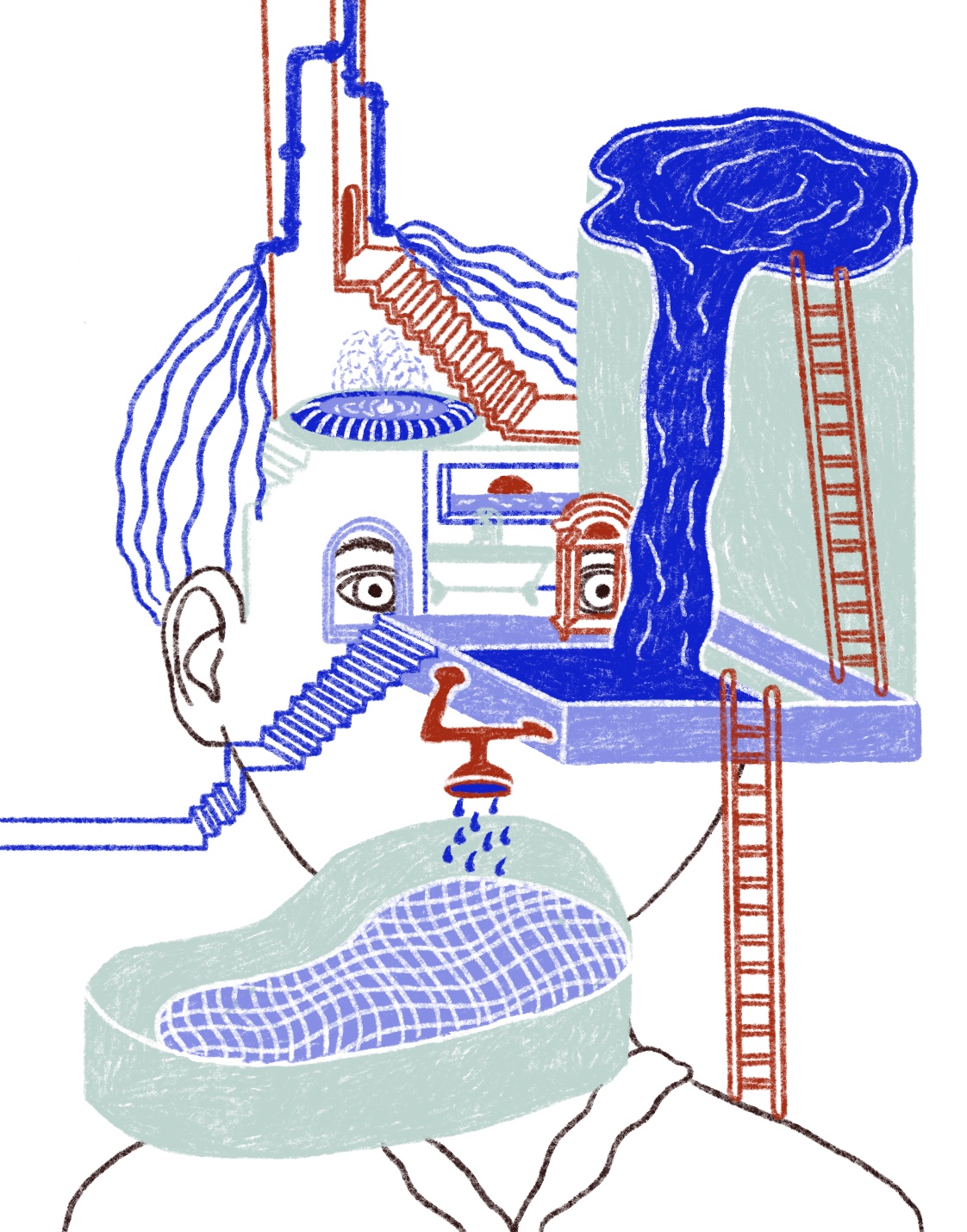Potable Water
In 2010, the United Nations passed a resolution recognizing water and sanitation as human rights. However, the access to both varies greatly on a global scale. While people in North America and Europe can usually rely on a high-quality drinking water supply, as of 2020, a roughly a quarter of the global population lack this vital care. Around 46% do not have access to safely managed sanitation. Marginalized groups around the world are at increased risk of being denied access. This situation is not only life-threatening for each individual directly affected, but can also spark water conflicts on a bigger scale. Therefore, goal no. 6 in the United Nations’ 2030 Agenda for Sustainable Development is to “ensure the availability and sustainable management of water and sanitation for all”. Closely linked to this objective are the goals to end water-borne diseases and to reduce illnesses from water pollution. One of the ways to achieve better availability of water is to support developing countries in programmes for water harvesting and desalination. The latter technique is used in dry coastal areas, and also on ships and submarines, in order to obtain potable water from seawater by removing salts and minerals. However this approach brings its own difficulties— the process is energy-consuming, and the brine that is created as a byproduct can disrupt the local ecosystem if it is discharged into the ocean undiluted.The illustration advocates for a conscious, provident use of this indispensable resource.
Sources: UN General Assembly, Transforming our world: The 2030 Agenda for Sustainable Development, (2015), A/RES/70/1.
WWAP (UNESCO World Water Assessment Programme): The United Nations World Water Development Report 2019: Leaving No One Behind, (2019).
Progress on household drinking water, sanitation and hygiene 2000-2020: Five years into the SDGs. Geneva: World Health Organization (WHO) and the United Nations Children’s Fund (UNICEF), (2021).
